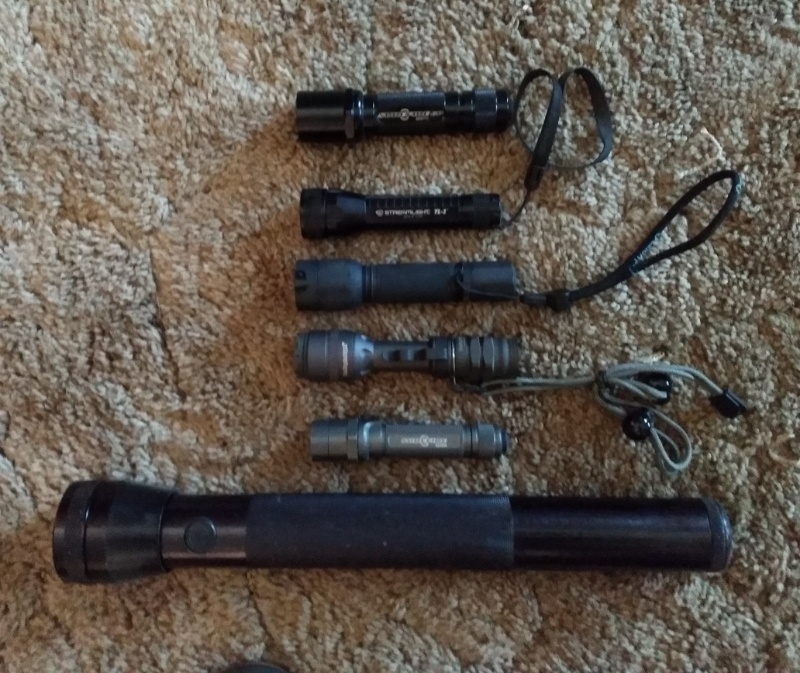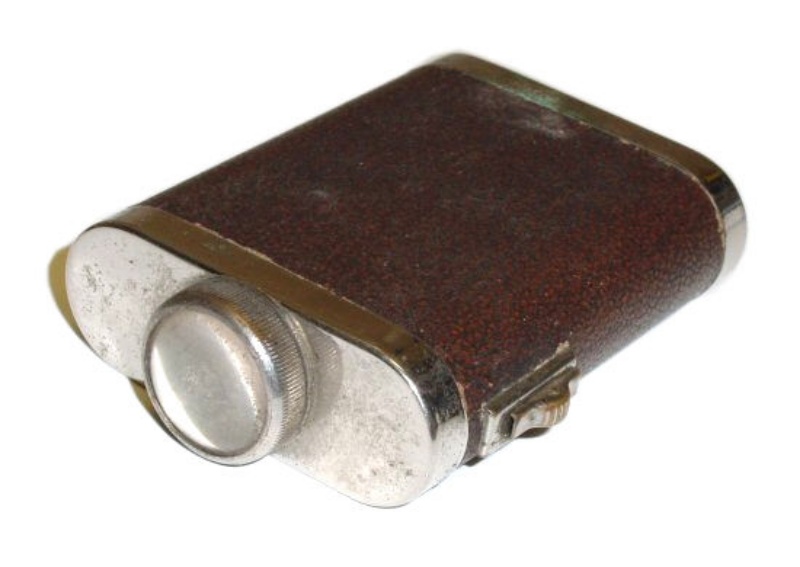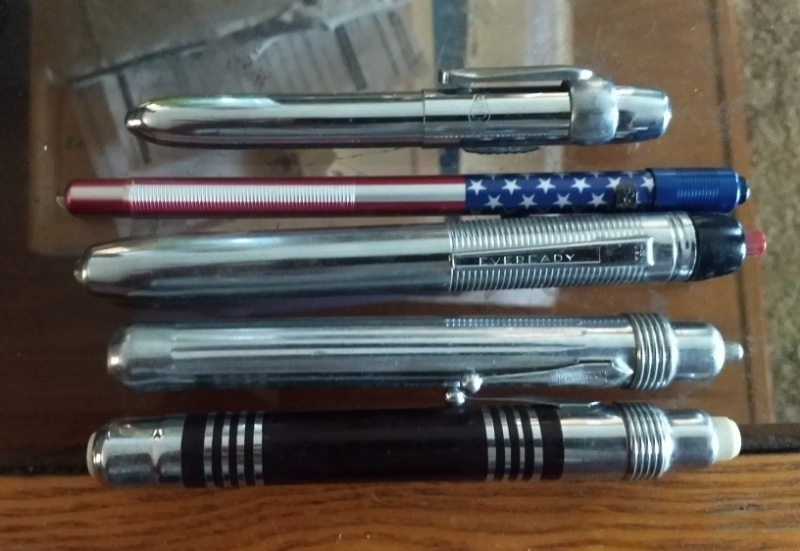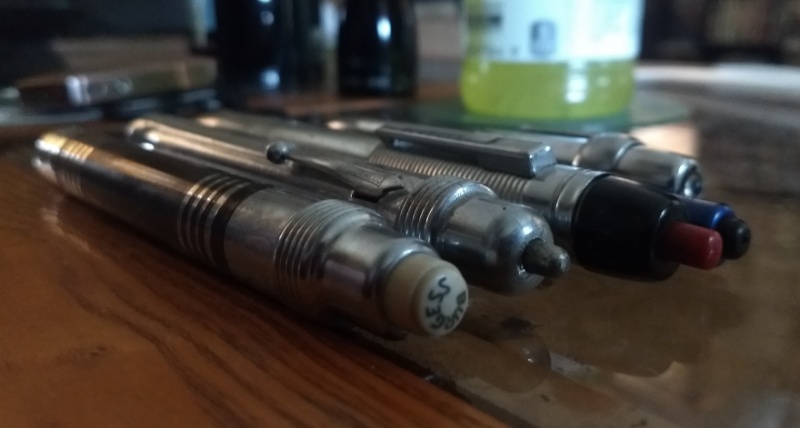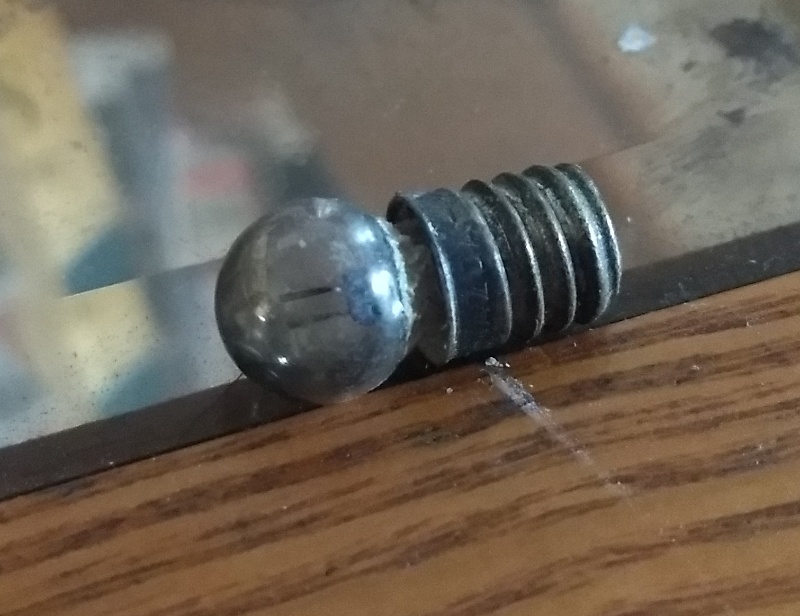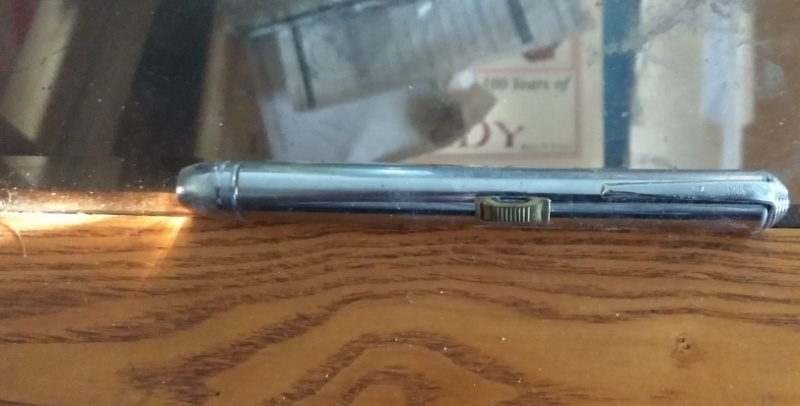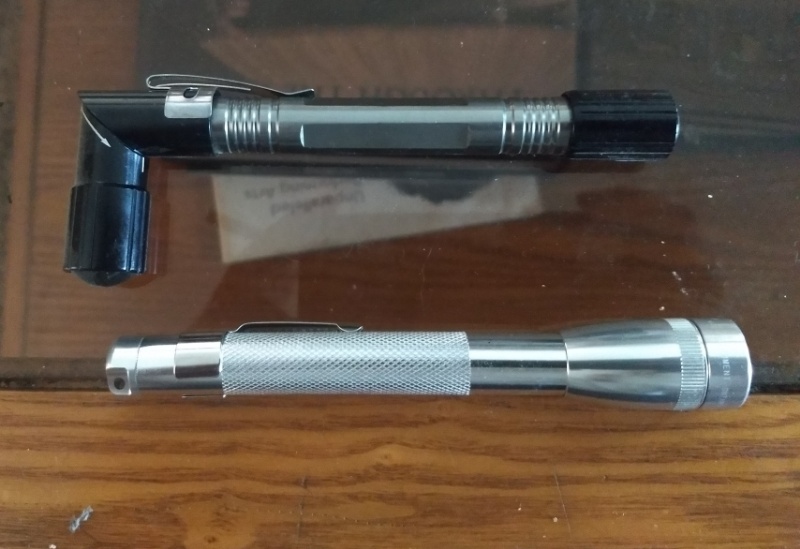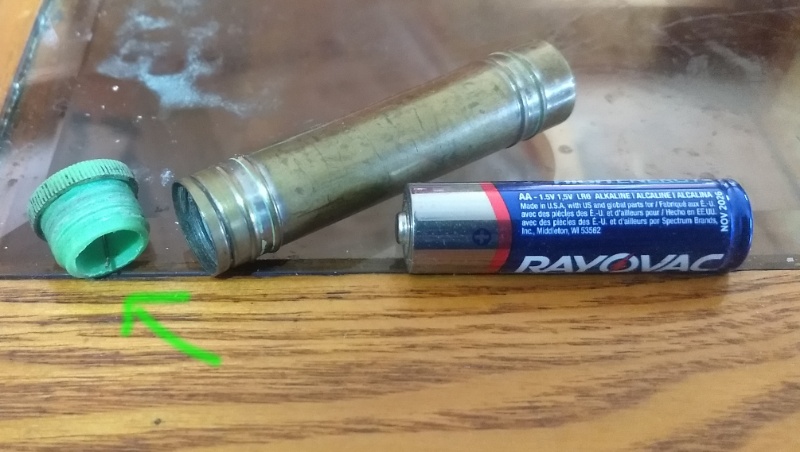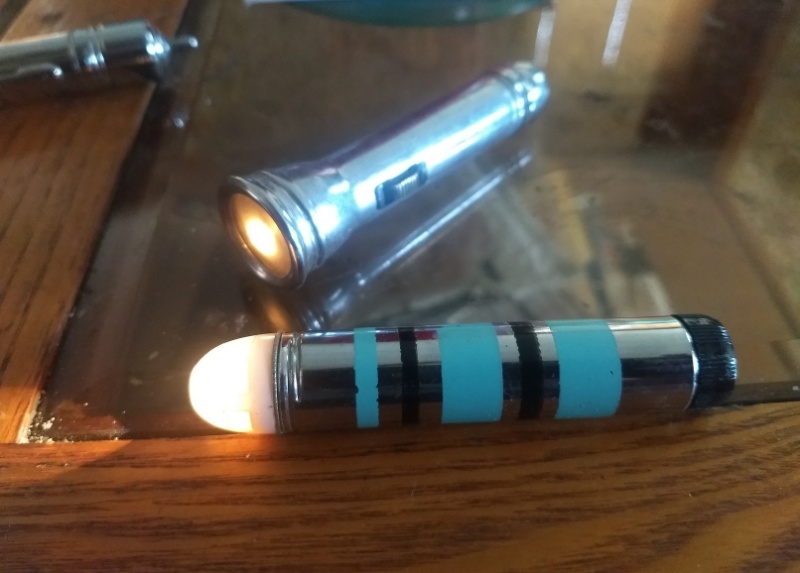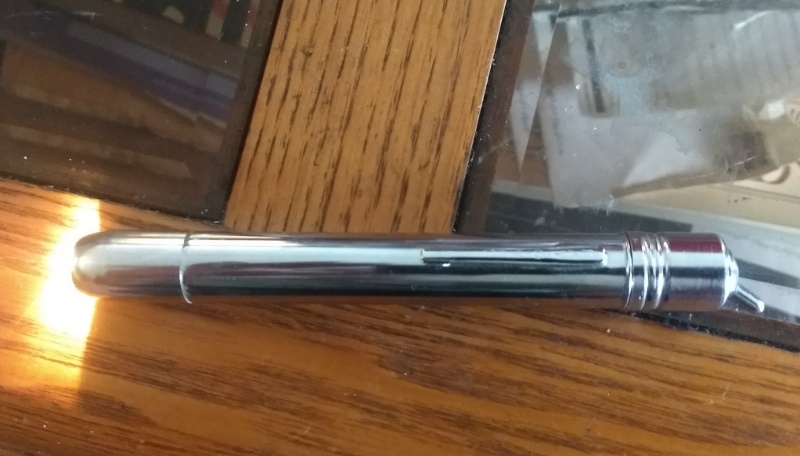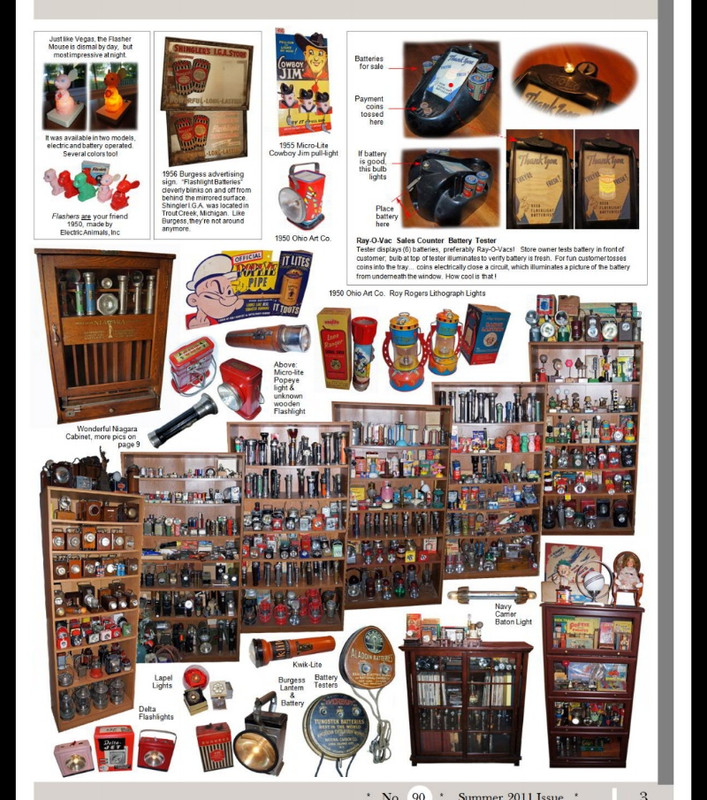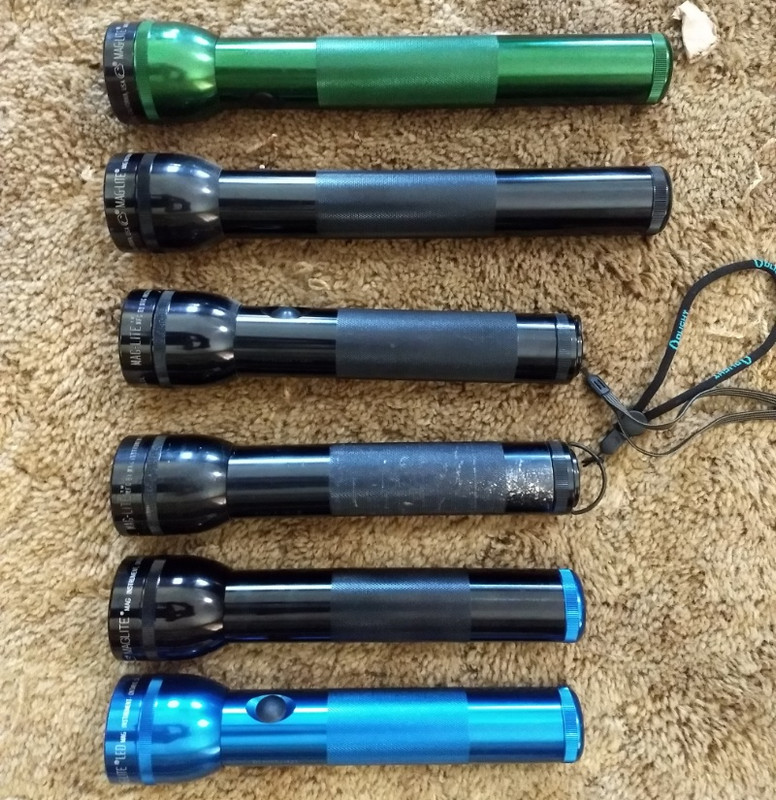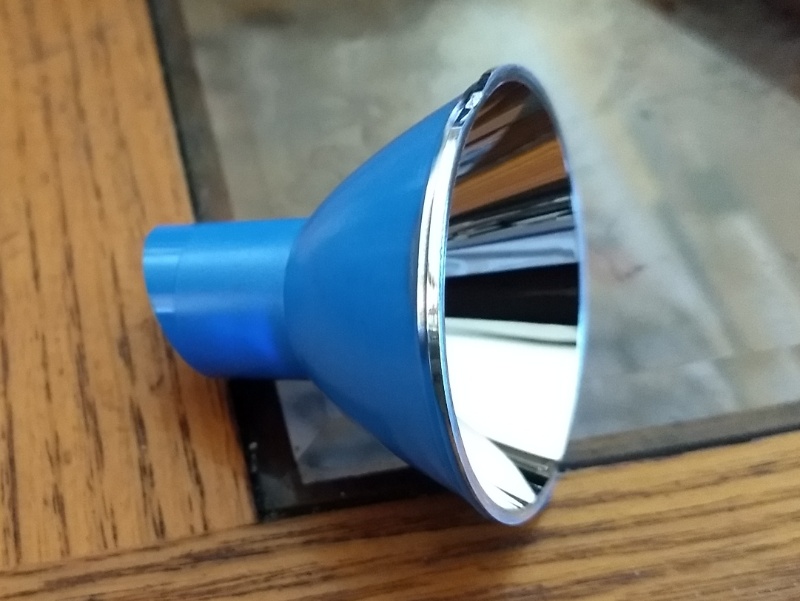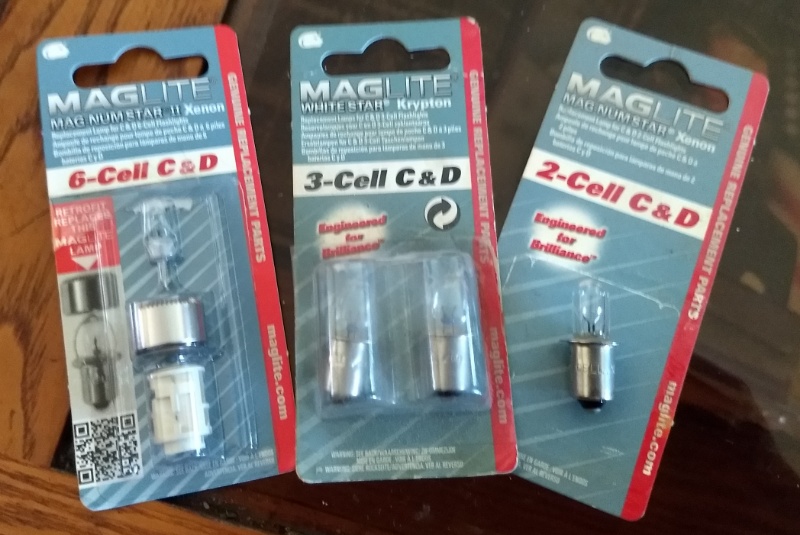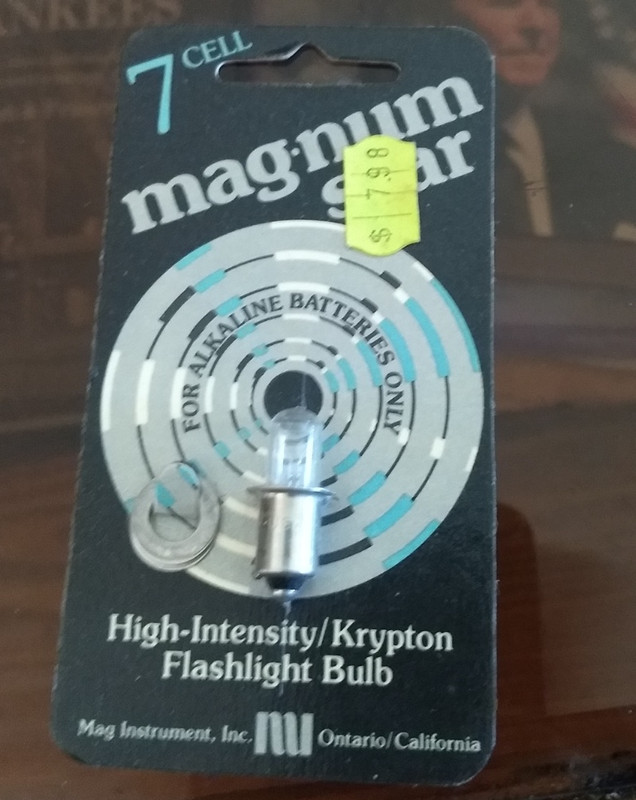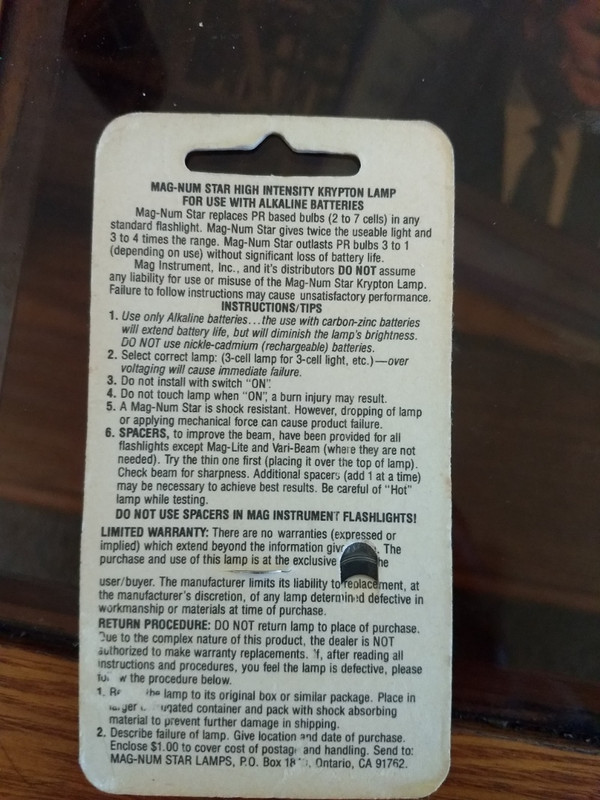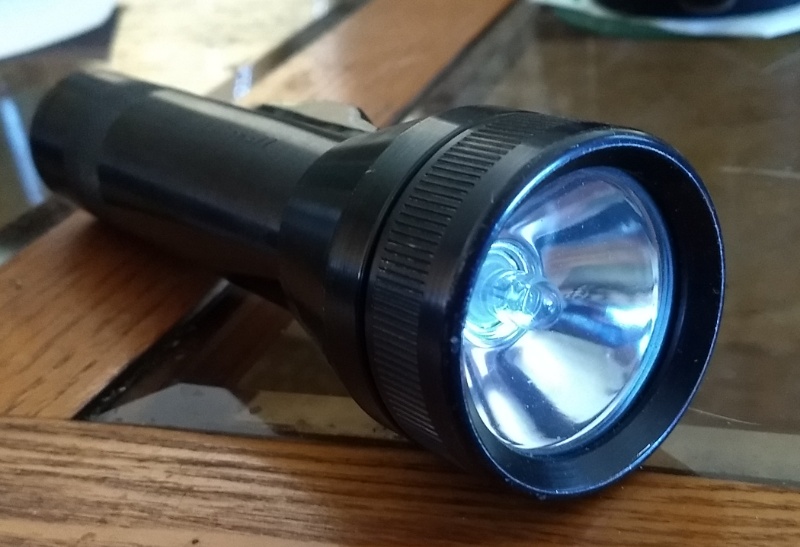This one is focuses on "the doctor light". The fabled pen light.
Very early in flashlight history portable was a goal. But prior to the reliable dry cell folks had to deal with a cord. The vest pocket light had been invented where the user could place said portable light in their vest pocket and pull it out when needed. They were about the size and shaped like a little whiskey flask. Some of the earliest used a wet cell attached to a cord that stayed in a gentlemen's trouser pocket. Not very convenient.
True gentlemen's light of the time.
Leather covered, focus'd globe little light started it all.
Picture borrowed from Gotalight.net
Soon after the dry cell idea seemed like it was here to stay companies like Eveready and Franco devised a battery pack that was basically what we now know as AA batteries inside a wrapping that had a small cord from it that attached inside the light. They were a side by side configuration. Some were both positive up, some were not.
I do not know who invented the pen light, nor when but at some point by the 1930's there were AA battery tube flashlights. They became popular with doctors, dentists, rescue workers and gun smiths etc.
Some examples.
Bottom to top:
- 1940's Burgess
- 1950's Underwood
- 1970's Eveready
- Early 2000's Streamlight Stylus LED. (Touting "ice blue" beam)
- 1950's Rayovac nickel plated twisty.
The penlight in essence was a 2 cell tube with a push button on the tail that did not hold like modern day lights. It stayed on until you let go of the button.
The Burgess touted a comfy rubber coating.
Big deal at the time versus the stabby Underwood button. Like said the Rayovac was a twisty.
These lights used a focus tip'd bulb that sent all 2-6 candle power forward versus the typical floody beams from bigger lights.
A magnifier at the tip.
Early optics later used in modern day zoomers and throwers LED Lensers or SureFire Backups.
A typical bulb of the early days in flashlights.
It produced a floody beam that relied on the chosen nickel plated reflector of the day, which were not very shiney. So dull in fact some chose a white coating instead.
A family operation in Conneticut devised a typical slider switch based off the 1aa Tom Thumb lights of the 40's and 50's.
The HIPCO was a nice little light.
With the advent of the slider switch came the 'wack-a-palm method as the internal copper and brass sliding parts were not very efficient at optimum connections. Back then it was normal to move around the tv antenna for fuzz free viewing or wack-a-palm for best flashlight output. Usually a light tap would do.
So at some point when visiting a doctor they had a 2aa light in their white coat chest pocket and used the focus tip to shine in your ear, your nose, "say ahhh" and into your throat. It was a style of flashlight that remained intact all the way up to the LED days.
I speculate that an enterprising person swapped out a globe bulb for a focus tip'd bulb to cause their baby cop light to shine 15-25 feet forward while searching for Chester the cat looking for a dropped coin way back when.
The HIPCO used 1aaa battery. The Streamlight used 3aaaa batteries. Not a typo, there used to be 4a batteries used in penlights for that super slim pocket light. Good luck finding those in a grocery store these days. My local Batteries Plus Bulbs said "yeah we can order you some of those".
Now days penlights come in all kinds of configurations such as bendy's, coin cell operated antenna type, bright throwers like a Streamlight Stylus Pro, or floody doctor /inspection lights.
A few examples of modern day 'doctor lights'.
There's even a penlight that well...writes like a pen.
Two of my favorites.
The right angle mechanics light that uses a magnifier lens to maximize the 3 lumen coin cell sipping LED and the 100 lumen minimag shirt pocket light.
Using ancient technology.
Super lightweight lights up an engine bay (or your childs throat) very well. Can be a straight, or right angle or in between.
Yup, the early doctor light has a lasting legacy still being expanded upon in 2019.



